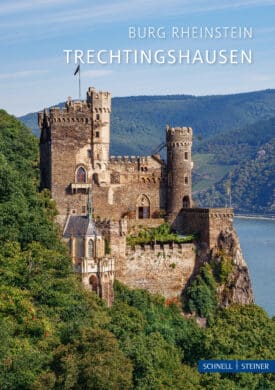The German Historical Museum (GHM) is accommodated in two separate buildings. While they may differ starkly in their individual architectural language, together they provoke a fascinating dialogue between the various eras and styles to be found in the heart of Berlin. Situated at the beginning of the famous boulevard, Unter den Linden, and facing onto it is the Baroque Zeughaus (arsenal), which from 2005 onwards will house the Museum of German History. Directly behind the Zeughaus is the GHM’s new exhibition hall designed by the famous Chinese-American architect, Ieoh Ming Pei. Numerous special exhibitions organised by the GHM are shown here. Architectural eye-catcher The Zeughaus with its delicate pink façade and rich sculptural decoration is one of the few remaining Baroque buildings in the centre of Berlin, even today it is still communicates the splendour of the architecture that once graced the residence of the Prussian electors and kings. Arsenals served as weather-resistant storage depots for army weapons and equipment and were later often used to exhibit military objects, as was the case with Berlin’s Zeughaus. But there was more to this arsenal than its practical function. It was also an imposing structure conveying the image that Friedrich I (1657-1713) – crowned the first King of Prussia in 1701 – wished to present of himself as a Baroque ruler in the age of absolutism. This image found expression both in the architecture of the Zeughaus and its prestigious location close to the royal palace of the Hohenzollerns. The palace was destroyed after World War II by the East German government. Inside the Zeughaus virtually nothing remains of the Baroque architecture. The same is true of the extensive 19th century alterations, most of which did not survive World War II. The interior of the Zeughaus was rebuilt after 1945 and the exterior restored, and from 1952 onwards it housed East Berlin’s Museum of German History. The building has retained the spatial structure introduced at that time, its preservation being part of the concept for the recent renovation work carried out by Winfried Brenne Architekten.
German Historical Museum Berlin
The German Historical Museum (GHM) is accommodated in two separate buildings. While they may differ starkly in their individual architectural language, together they provoke a fascinating dialogue between the various eras and styles to be found in the heart of Berlin. Situated at the beginning of the famous boulevard, Unter den Linden, and facing onto it is the Baroque Zeughaus (arsenal), which from 2005 onwards will house the Museum of German History. Directly behind the Zeughaus is the GHM’s new exhibition hall designed by the famous Chinese-American architect, Ieoh Ming Pei. Numerous special exhibitions organised by the GHM are shown here. Architectural eye-catcher The Zeughaus with its delicate pink façade and rich sculptural decoration is one of the few remaining Baroque buildings in the centre of Berlin, even today it is still communicates the splendour of the architecture that once graced the residence of the Prussian electors and kings. Arsenals [...]










